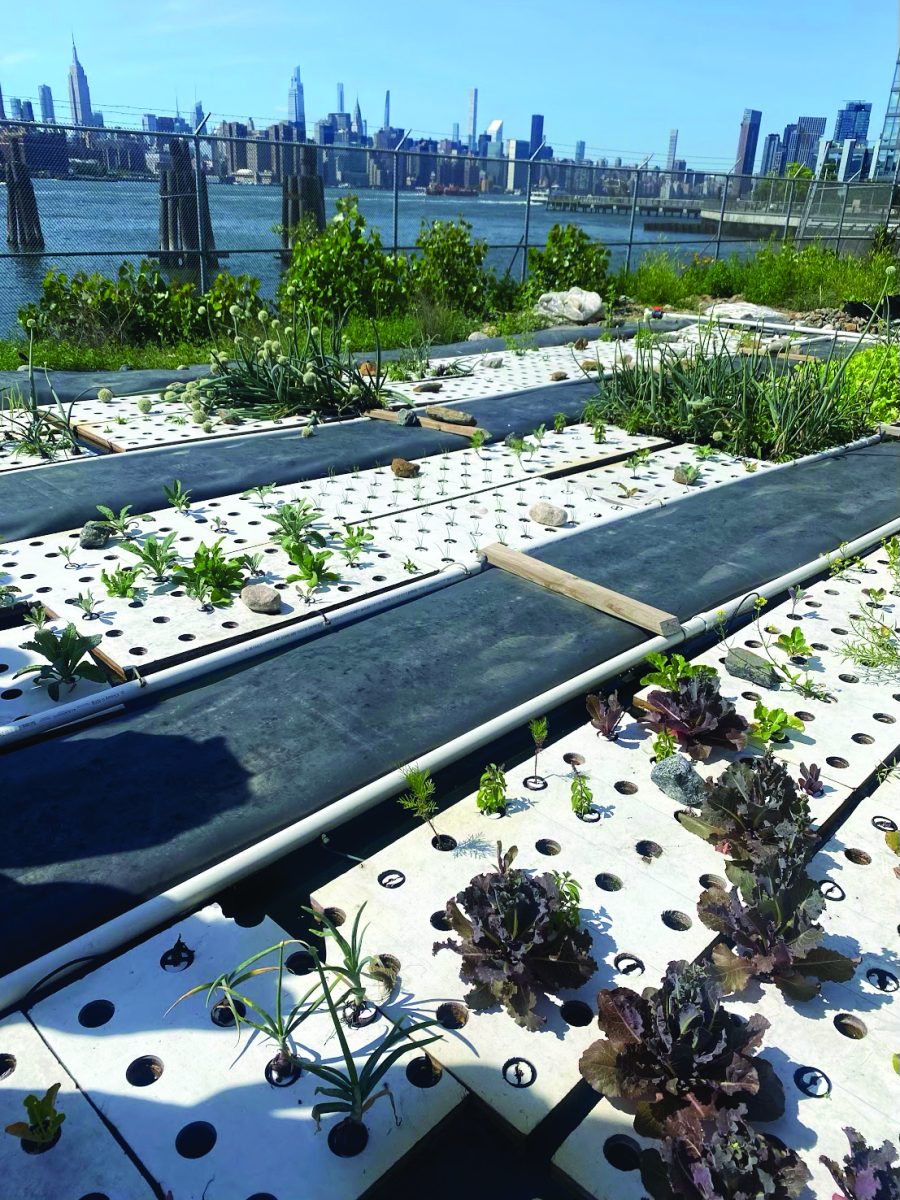Grow where you eat: a recent concept linked to urban development, sustainable agriculture, limiting transportation CO2 emissions and restaurant attractivity. But what does it really mean and what will it look like in the next few years?
Enter Sweden, a country well known for its contemporaneous culture and way of
living. Swedish company Swegreen is able to grow leafy crops indoors, in the heart of supermarkets, giving customers access to fresh produce every day. It uses 99% less water than growing crops in a field, is unsprayed, does not use pesticides and retains more nutrients. Controlled farming also means the crops can be in-season all year round.
Their first farm opened in Maxi ICA Stormarknad, a supermarket in Linköping, Sweden. They since have expanded to 16 locations, including two in Germany. Traditionally, produce is cultivated in a different country, sent to a packaging facility, shipped to your country and delivered to a warehouse, before arriving at your grocery store. Swegreen minimizes this transportation and carbon emissions by utilizing technology like an AI-supported digital control system and LED lights that require less energy. However, it is important to note that this system should not completely replace existing positive independent local farms, as these small farms treat the land well, focus on quality and sustainability and also do not travel long distances. The future would be best if we promoted sustainable, local agriculture and added more Swegreen indoor vertical farms.
According to United Nations, 68% of the world population is projected to live in cities and rooftop farming will assist our growing populations by increasing access to fresh food. New York City is one of the biggest cities in the world, and I love seeing how the skyline is becoming more green as restaurants begin to grow their produce on top of the buildings. Rooftop farms help to keep the city cool and allow city restaurants to become farm-to-table, making them more respected and appealing to customers.
Finally, a couple of years ago, I went on Marlborough’s Epicurious Trip to New York with Director of the Center for Entrepreneurship and Innovation Allison Ponzio and Engineering and Entrepreneurship Program Head Catie Mino, on the trip we visted the aquaponics farm Oko Farms in Brooklyn. Like Swegreen, vertical
farms and restaurant rooftop farms, aquaponics farms allow greater access to sustainable, fresh food and food security. What I find most interesting is that two different solutions to the Grow Where We Eat mission take polar opposite paths. While Swegreen focuses more on high-tech, Oko Farms focuses on low-tech, natural symbiosis methods. Natural symbiosis is the mutually beneficial relation-
ship between two organisms. The two organisms in this case are fish and the crops, with fish waste fertilizing the plants and the plants cleaning the water for the fish. Aquaponics is also impressive because it uses hydroponics, which means it cultivates plants in water instead of soil. Urban farming is becoming more prevalent; author Randy Shore titled his book about growing a family vegetable garden, “Grow What You Eat, Eat What You Grow.” In the coming years, we will have to be more resourceful and creative in order to provide a great amount of food to urban citizens and increase accessibility to healthy crops. These three solutions
differ, yet all answer this need, are local and are the basis of our farming future. I
hope to see more of these soon.




